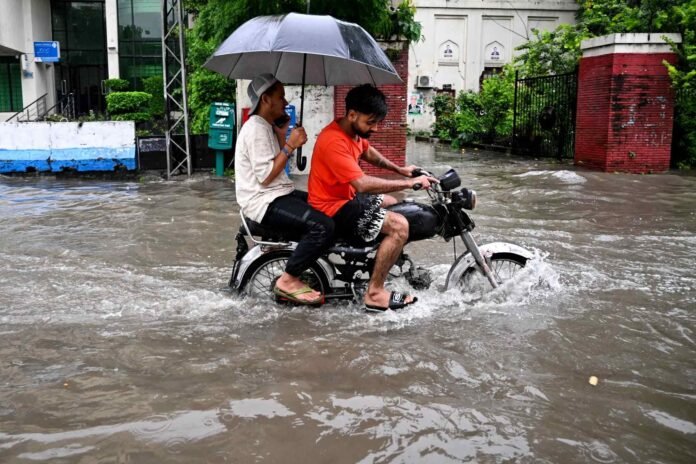Flash floods triggered by relentless monsoon rains have devastated Punjab, Pakistan’s agricultural heartland, wiping out a massive portion of its key crops and deepening fears of a looming food crisis.
Preliminary assessments from the Pakistan Business Forum (PBF) show catastrophic losses: nearly 60% of rice fields and 30% of sugarcane crops have been destroyed, while cotton production is expected to fall 35% short of this year’s target.
“This level of destruction is unprecedented,” said Ahmad Jawad, PBF’s chief organizer. “Central Punjab has never experienced flooding of this scale. The economic fallout is already severe, and the humanitarian crisis is worsening by the day.”
A Blow to Pakistan’s Food Security
Punjab produces 68% of Pakistan’s annual grain output, making these losses especially alarming. This year’s monsoon season, marked by heavier-than-usual rainfall, comes after months of extreme weather that had already strained the province’s agriculture.
Pakistan’s Climate Change Minister, Musadik Malik, confirmed that the floods have killed over 850 people and displaced more than two million residents so far, underscoring the scale of the disaster.
Economic and Supply Chain Strain
With much of Punjab’s farmland underwater, the federal finance ministry has warned of worsening fiscal pressures and potential disruptions to food supply chains. These challenges come at a time when Pakistan is already grappling with high inflation and economic instability.
Meteorologists have forecast more heavy rains this week, raising concerns that the damage to crops and infrastructure could deepen further, slowing recovery efforts and pushing food prices higher.

